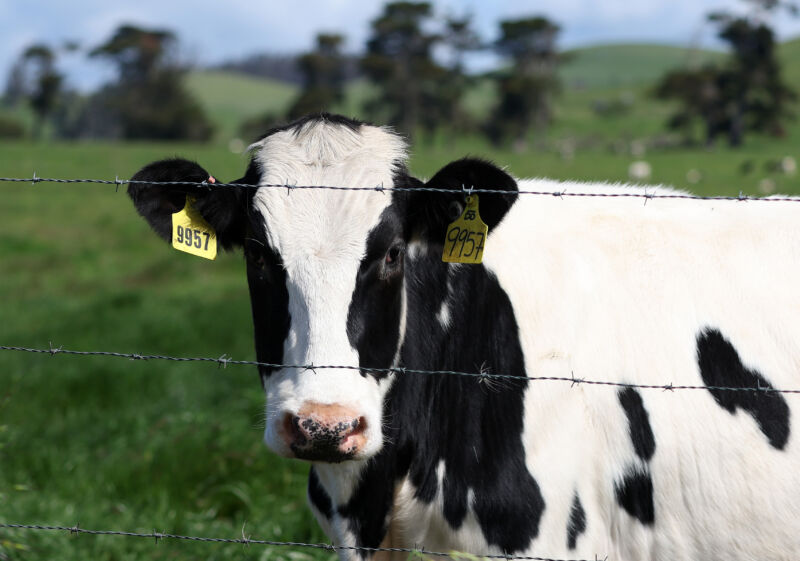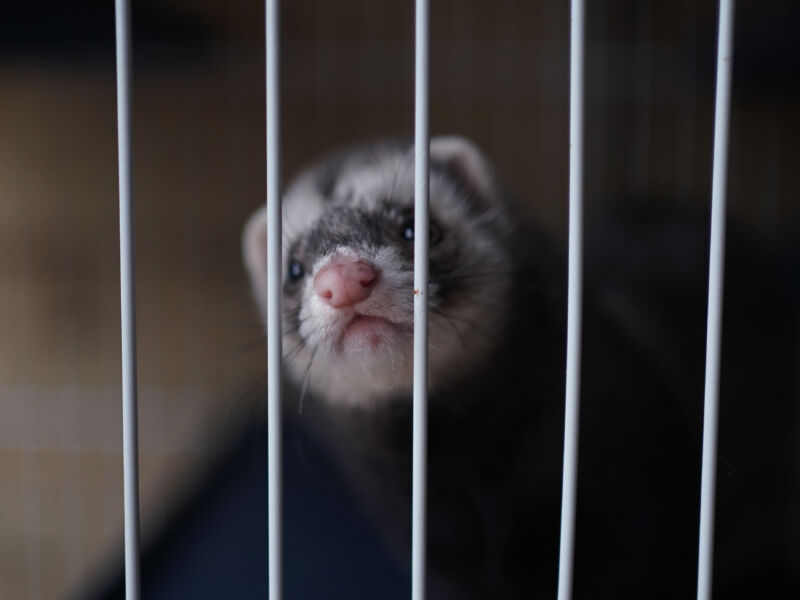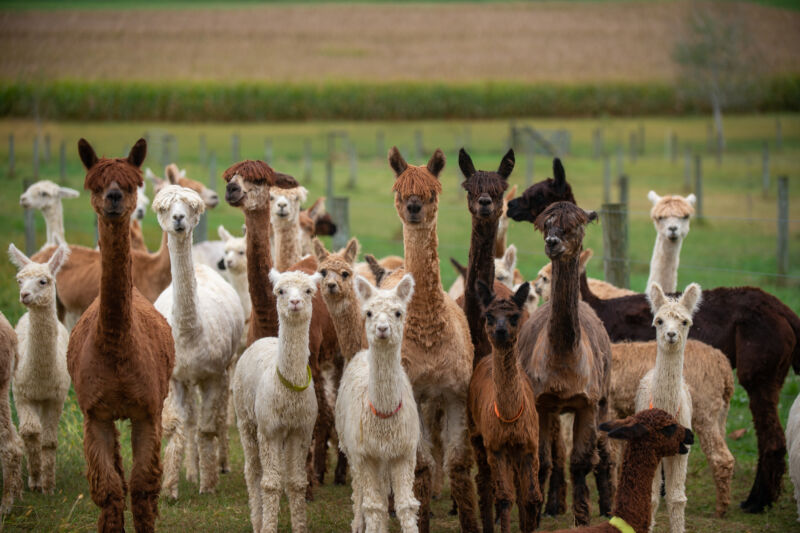Bird flu reaches cows in California, the country’s largest milk producer

Enlarge / A cow grazes in a field at a dairy farm on April 26, 2024, in Petaluma, California. (credit: Getty | Justin Sullivan)
The outbreak of H5N1 bird flu in US dairy cows has now spread to three herds in California, the largest milk-producing state in the country, with around 1.7 million dairy cows, federal and state health officials have confirmed.
Fourteen states and 197 herds have now been affected by the unprecedented outbreak in dairy cows, which was first confirmed by federal health officials on March 25.
In a statement, the secretary of the California Department of Food and Agriculture, Karen Ross, said the spread of the virus to California was not unexpected. "We have been preparing for this possibility since earlier this year when [Highly pathogenic avian influenza or HPAI] detections were confirmed at dairy farms in other states," Ross said. "Our extensive experience with HPAI in poultry has given us ample preparation and expertise to address this incident, with workers’ health and public health as our top priorities."


